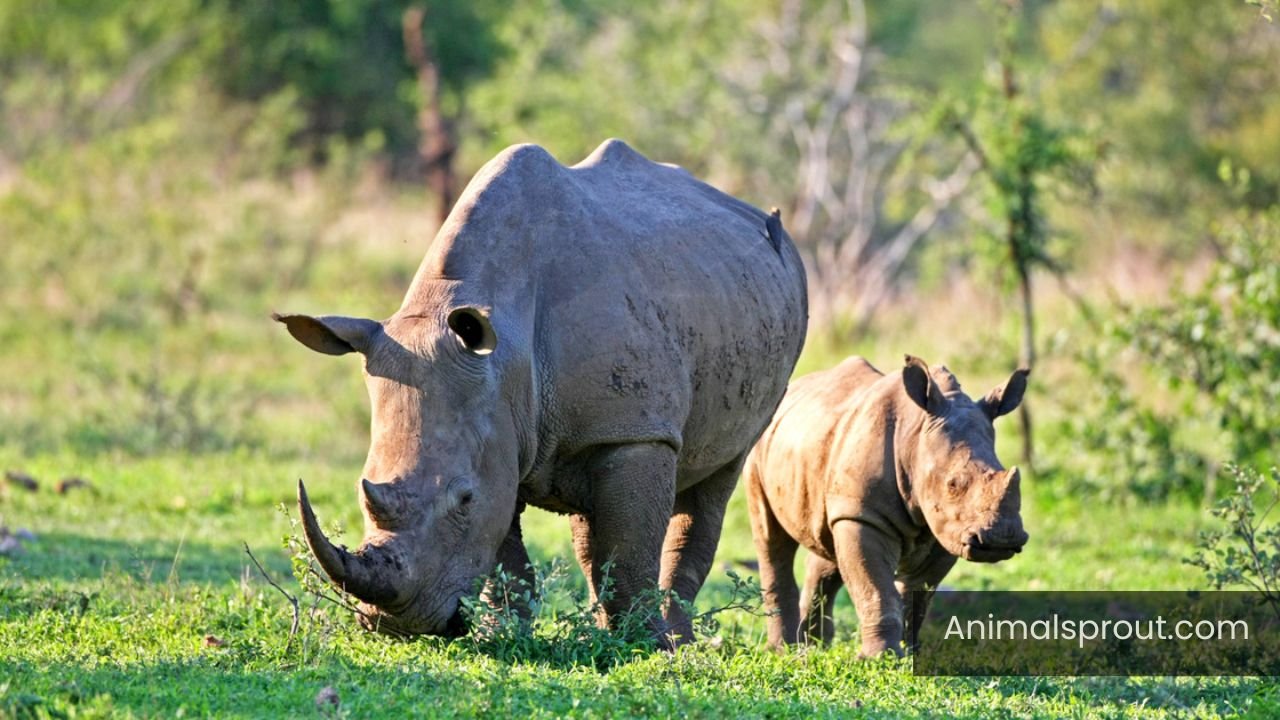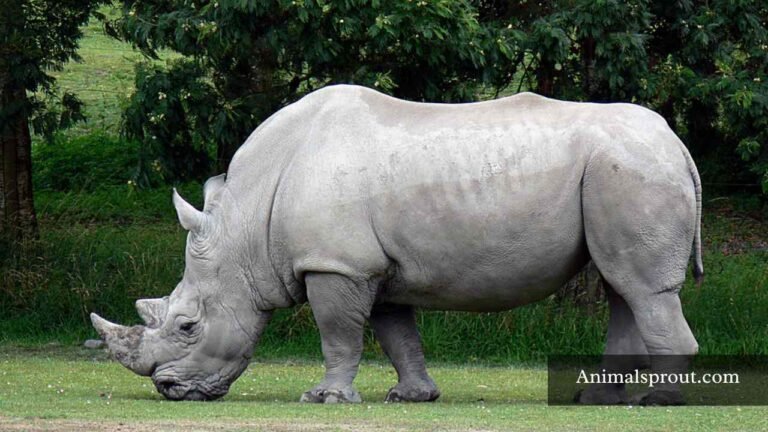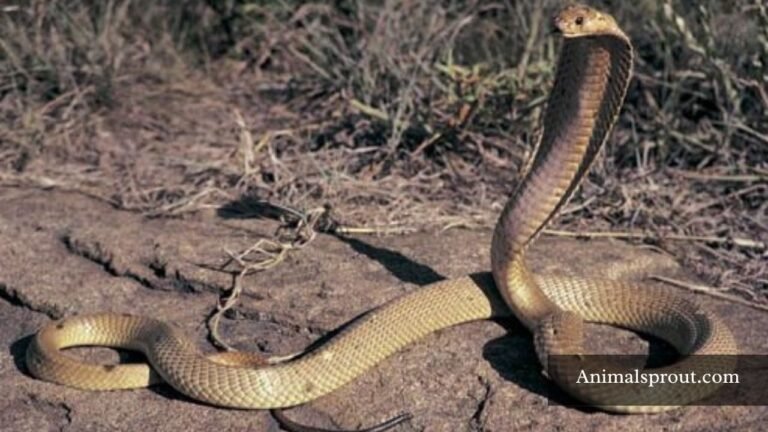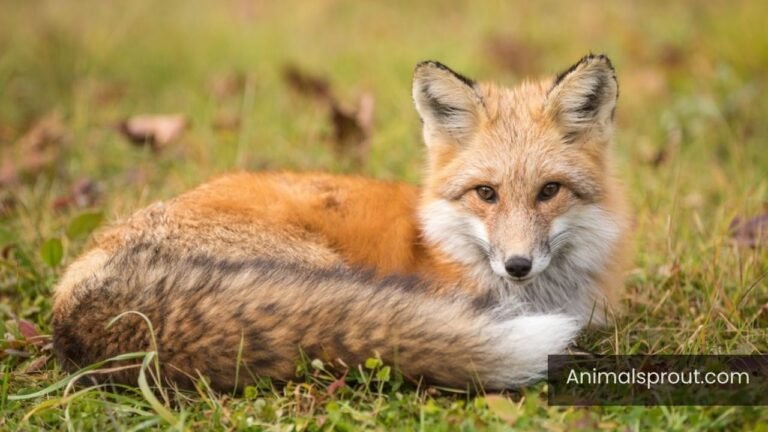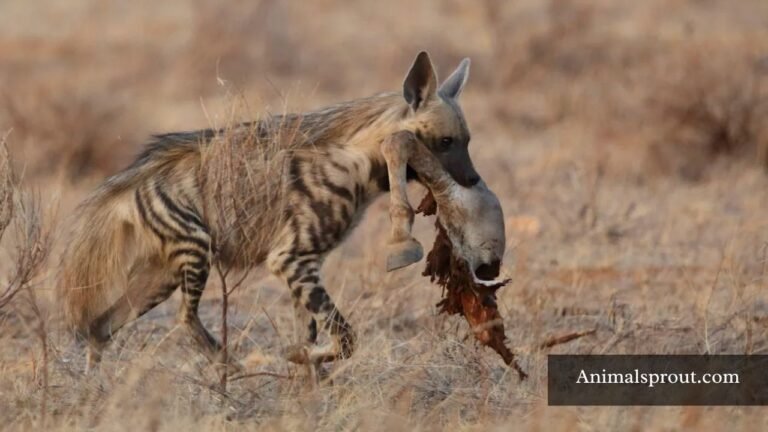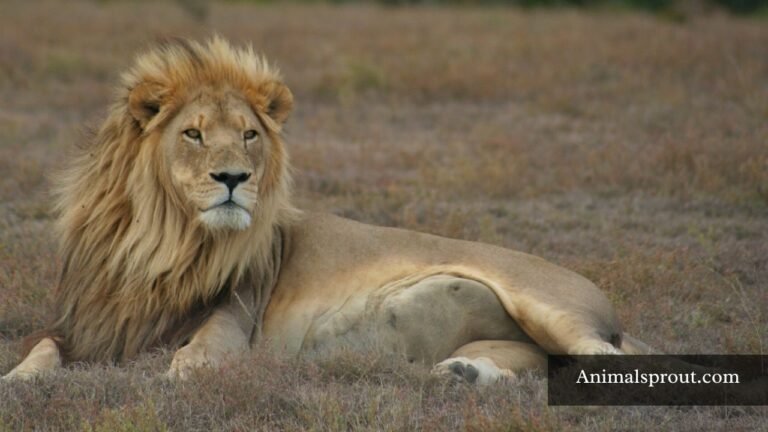Top 7 Mammals That Cannot Jump (With Images)
While many of us associate mammals with agility and leaping prowess, there exists a fascinating group of creatures that are completely grounded—literally! In this article, we’ll explore the intriguing world of mammals that cannot jump, uncovering the reasons behind their limitations and the adaptations that allow them to thrive without this ability.
List Of Mammals That Cannot Jump
Here is the list of mammals that don’t jump:
| Number of Animals | Mammals That Can’t Jump |
| 1 | Elephants |
| 2 | Hippos |
| 3 | Sloths |
| 4 | Rhinos |
| 5 | Porcupines |
| 6 | Opossums |
| 7 | Manatees |
Elephants
Scientific Name : Elephantidae
Class : Mammalia
Diet : Herbivores
Elephants, the gentle giants of the animal kingdom, are a fascinating study in the realm of mammalian capabilities. Unlike most mammals, elephants lack the ability to jump, a fact that stems from their massive size and unique skeletal structure. Their bones are designed to support their substantial weight rather than facilitate the explosive movements required for jumping. Instead of leaping, these magnificent creatures exhibit strength and agility through other means, using their powerful legs to navigate diverse terrains with grace.
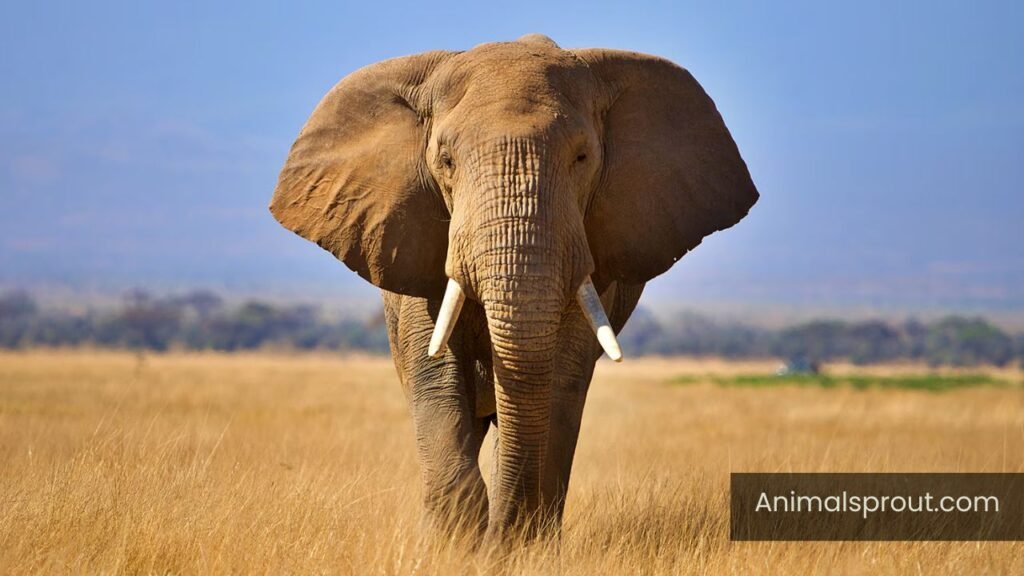
What’s particularly intriguing is how this limitation shapes their behavior and social interactions. Elephants are known for their deep emotional bonds and complex social structures; their inability to jump does not hinder their ability to express joy or playfulness. They engage in playful behaviors like splashing in water or rolling in mud, showcasing that physical limitations can coexist with rich emotional lives.
Also read: Explore Top 19 Most Dirtiest Animals In The World.
Hippos
Scientific Name : Hippopotamus amphibius
Class : Mammalia
Diet : Herbivores
Hippos, often regarded as the heavyweights of the animal kingdom, are fascinating creatures that defy the typical expectations of mammalian agility. Despite their massive size and formidable presence, hippos are unable to jump, which is quite an anomaly among mammals. Their bodies, built for buoyancy and power in water rather than agility on land, possess a unique skeletal structure that limits their ability to leap. Instead of jumping, they rely on their impressive strength and size to navigate their environment, often charging at speeds of up to 30 km/h when threatened.
Interestingly, this inability to jump doesn’t hinder their survival; rather, it highlights an evolutionary adaptation suited to their semi-aquatic lifestyle. Hippos spend much of their time submerged, using water as a protective barrier against predators and as a means to regulate their body temperature. Their dense bodies and short legs may seem cumbersome, but they are perfectly designed for walking along riverbeds and grazing on grasses at night. This specialization showcases how diverse evolutionary paths can lead to successful survival strategies that don’t conform to traditional notions of movement and agility.
Sloths
Scientific Name :
Two-toed sloth : Choloepus spp
Three-toed sloth : Bradypus spp
Class : Mammalia
Diet : Herbivores
Sloths are fascinating creatures that challenge our conventional perceptions of mammalian abilities. While many mammals utilize jumping as a vital means of evasion or mobility, sloths have evolved a lifestyle that eschews the need for such acrobatics. Their unique anatomy—characterized by long limbs and curved claws—enables them to expertly navigate the treetops of Central and South America, where they spend most of their lives in a slow, deliberate manner. This deliberate pace is not merely a quirk; it is an adaptation to their low-energy diet of leaves, which requires them to conserve energy rather than engage in high-energy activities like jumping.
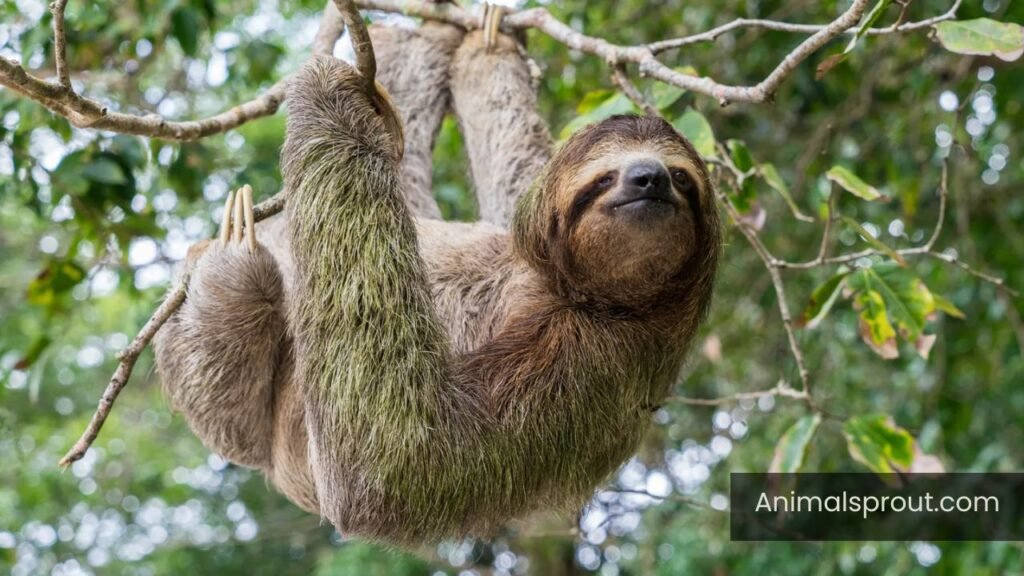
Interestingly, sloths possess a remarkable ability to blend into their surroundings, further minimizing the need for rapid movement. Their slow metabolism and greenish fur, often adorned with algae, allow them to remain undetected by predators. This camouflage strategy is a testament to how life in the trees has shaped their evolution—while they may lack the ability to jump, they excel in staying hidden and conserving energy.
Readmore: Explore Top 15 Animals That Have The Biggest Brains.
Rhinos
Scientific Name : Rhinocerotidae
Class : Mammalia
Diet : Herbivores
Rhinos, with their massive frames and thick skin, are often celebrated as the gentle giants of the savanna. However, their inability to jump is not just a quirky trait; it reveals fascinating insights into their anatomy and lifestyle. Unlike many mammals that rely on agility to navigate their environments, rhinos have evolved for stability and strength. Their heavy bodies are supported by sturdy legs designed for endurance rather than leaping, allowing them to traverse vast landscapes in search of food and water.
This lack of jumping ability has shaped their behavior and interactions within their ecosystems. Rhinos tend to be more grounded creatures, relying on their formidable size to deter predators rather than escape through acrobatics. Interestingly, this attribute also plays a role in their social dynamics; rather than engaging in playful sparring or chase, rhinos often engage in displays of dominance through head-butting and posturing.
Porcupines
Scientific Name: Erethizon dorsatum
Class : Mammalia
Diet : Herbivores
Porcupines, often misunderstood as slow and clumsy creatures, possess a unique set of adaptations that allow them to thrive in their environments despite their inability to jump. With their stout bodies and short legs, these nocturnal mammals rely on their impressive climbing skills to navigate the trees where they spend much of their time. Their strong claws and flexible limbs enable them to ascend branches with surprising agility, making them adept at foraging for leaves, fruits, and bark high above the ground.

One fascinating aspect of porcupine behavior is their use of quills as a defense mechanism rather than physical agility. When threatened, a porcupine will turn its back to the predator, presenting a formidable array of sharp quills. This strategy emphasizes a reliance on clever tactics over physical prowess—an intriguing reminder that survival in the wild often hinges on intelligence and adaptability rather than sheer strength or speed. Thus, while they may lack the ability to leap, porcupines showcase an alternative form of resilience that captivates those who take the time to appreciate their unique lifestyle.
Readmore: Explore Top 13 Slow Animals In The World (With Pictures).
Opossums
Scientific Name : Didelphidae
Class : Mammalia
Diet : Omnivores
Opossums, often misunderstood in the animal kingdom, are fascinating creatures that highlight the diversity of mammalian adaptations. Unlike many of their agile relatives, opossums lack the anatomical structure needed for jumping—primarily due to their unique skeletal and muscular configurations. Their bodies are built for stability rather than spring, making them expert climbers and scavengers instead of leapers. This limitation, however, does not hinder their survival; rather, it shapes their ecological niche, allowing them to thrive in various environments by relying on their dexterity and nocturnal habits.
What sets opossums apart is their remarkable ability to play dead when threatened—a strategy known as thanatosis. This defense mechanism can be attributed to their slower pace and lack of jumping ability, forcing them to develop alternative survival tactics. When faced with danger, they can enter a state of shock that makes them appear lifeless, deterring potential predators. In this way, opossums exemplify how evolutionary pathways can lead to unique adaptations that compensate for physical limitations.
Manatees
Scientific Name : Trichechus
Class : Mammalia
Diet : Herbivores
Manatees, often affectionately dubbed “sea cows,” are fascinating creatures that embody the grace of the ocean while defying the typical mammalian trait of jumping. Unlike many marine animals that utilize powerful leaps to navigate their environments, manatees glide through the water with a serene, buoyant elegance. Their large, rotund bodies and paddle-like flippers make them ill-suited for any form of leaping; instead, they rely on their ability to maneuver through seagrass beds and coastal waters, showcasing an entirely different form of mobility. This unique adaptation highlights the beauty of evolutionary specialization, where the need for jumping has been replaced by a remarkable capacity to swim gracefully and efficiently.
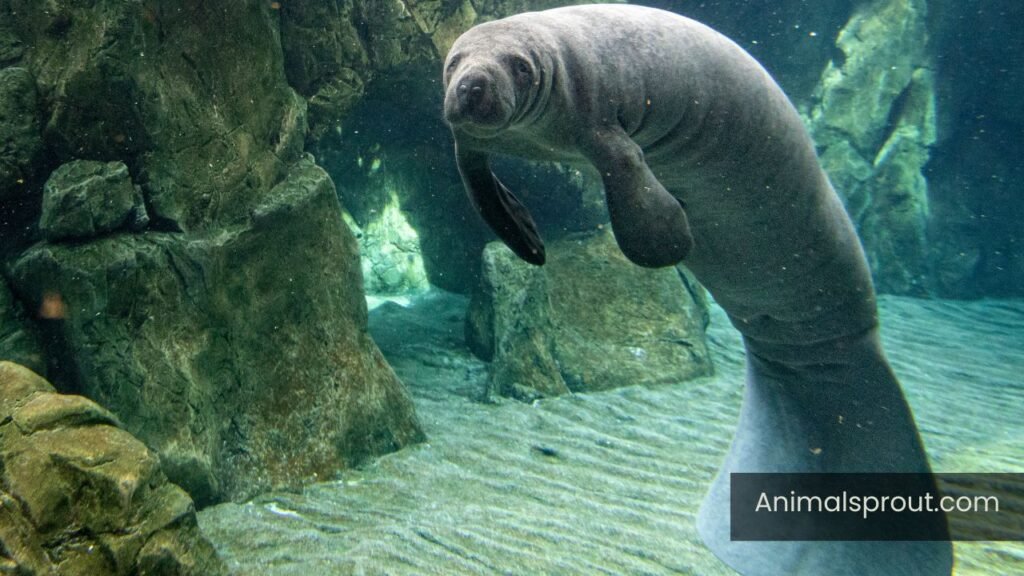
Moreover, the absence of jumping in manatees speaks volumes about their lifestyle and habitat. Living in warm, shallow waters, these gentle giants have adapted to a life of foraging rather than fleeing from predators. Their slow-moving nature allows them to spend up to eight hours a day grazing on aquatic vegetation, a diet that necessitates a deep connection with their environment rather than a high-energy escape.
Readmore: Explore Animals That Are Not Mammals.
Final Words
While most mammals possess the ability to leap and bound, there are notable exceptions that have adapted to their environments in different ways. Animals like elephants, hippos, and sloths showcase unique evolutionary traits that allow them to thrive without the need for jumping. These creatures rely on strength, size, or specific locomotion methods to navigate their habitats.
FAQs
What mammal can’t jump?
One of the most well-known mammals that can’t jump is the elephant. Due to their massive size and weight, elephants lack the physical structure needed for jumping. Their legs are built more for support and stability than for springing off the ground. Instead, they rely on their strength and intelligence to navigate their environment.
Can sloths jump?
No, sloths cannot jump. They are built for a slow, deliberate lifestyle rather than acrobatic movements. Their bodies are designed for climbing and hanging in trees, with long limbs and curved claws that help them grip branches securely.
Can a rhino jump?
No, rhinos cannot jump like some other animals. Their large size and heavy weight make it physically impossible for them to leap off the ground. Instead, they are built for strength and stability, with thick legs designed for running and supporting their massive bodies.

